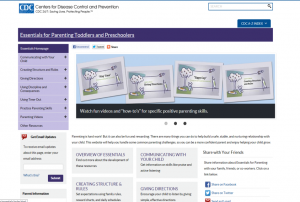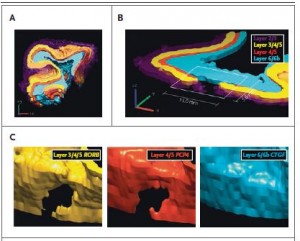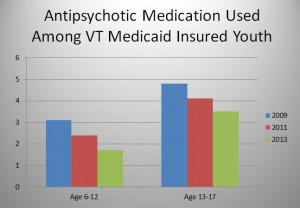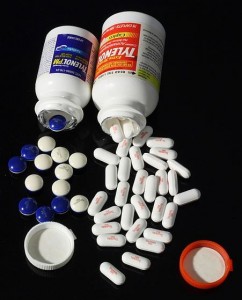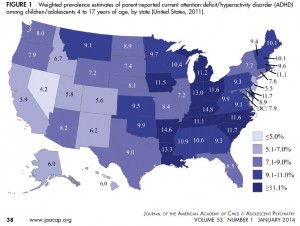Suicide remains a leading cause of death and is a major public health concern. Studies have demonstrated that many individuals who die by suicide often see their primary care physician soon before the event. Thus, it is important to know whether suicide screening might potentially prevent some of these tragic deaths. To that end, the U.S. Preventive Services Task Force, an organization that issues guidelines regarding prevention measure in medicine, looked at the evidence once again ten years after an earlier report when the said that they could not make a recommendation for or against the practice due to a lack of data.
Their analysis attempted to focus on adolescents, adults and older adults who were not at an elevated risk for suicide at baseline and did not have an identified psychiatric disorder. The task force attempted to find studies that addressed three areas, namely 1) the accuracy of suicide screening tests, 2) the effectiveness of interventions to decrease suicide, and 3) potential negative effects of suicide screening and treatment.
When it came to results, the authors found only four screening studies on suicide screening, all of which used a different instrument. Not enough data were available to determine if the screening was worthwhile, although the report didn’t really summarize these studies. The task force also found a general lack of evidence regarding the efficacy of treatment and any potential negative effects of suicide screening or treatment.
The overall conclusion of the task force was that, once again, the current database is insufficient to be able weigh the relative benefits and risk of preventive suicide screening in primary care. The task force recommended additional research to fill these significant gaps.
One might wonder in reading this often hard to follow report is why they chose to issue it again if the final conclusion of “insufficient data” remains unchanged. Perhaps it was to spur additional interest and attention. It is important to note that these recommendations (or lack thereof) do not suggest that there are no significant risk factors for suicide worth identifying. Indeed, the group has previously issued a recommendation that screening for depression, probably the strongest risk factor for suicide, be performed in primary care offices.
Reference
Lefevre M. Screening for Suicide Risk in Adolescents, Adults, and Older Adults in Primary Care: U.S. Preventive Services Task Force Recommendation. Annals of Internal Medicine 2014;160(10):719-727.
Statement





